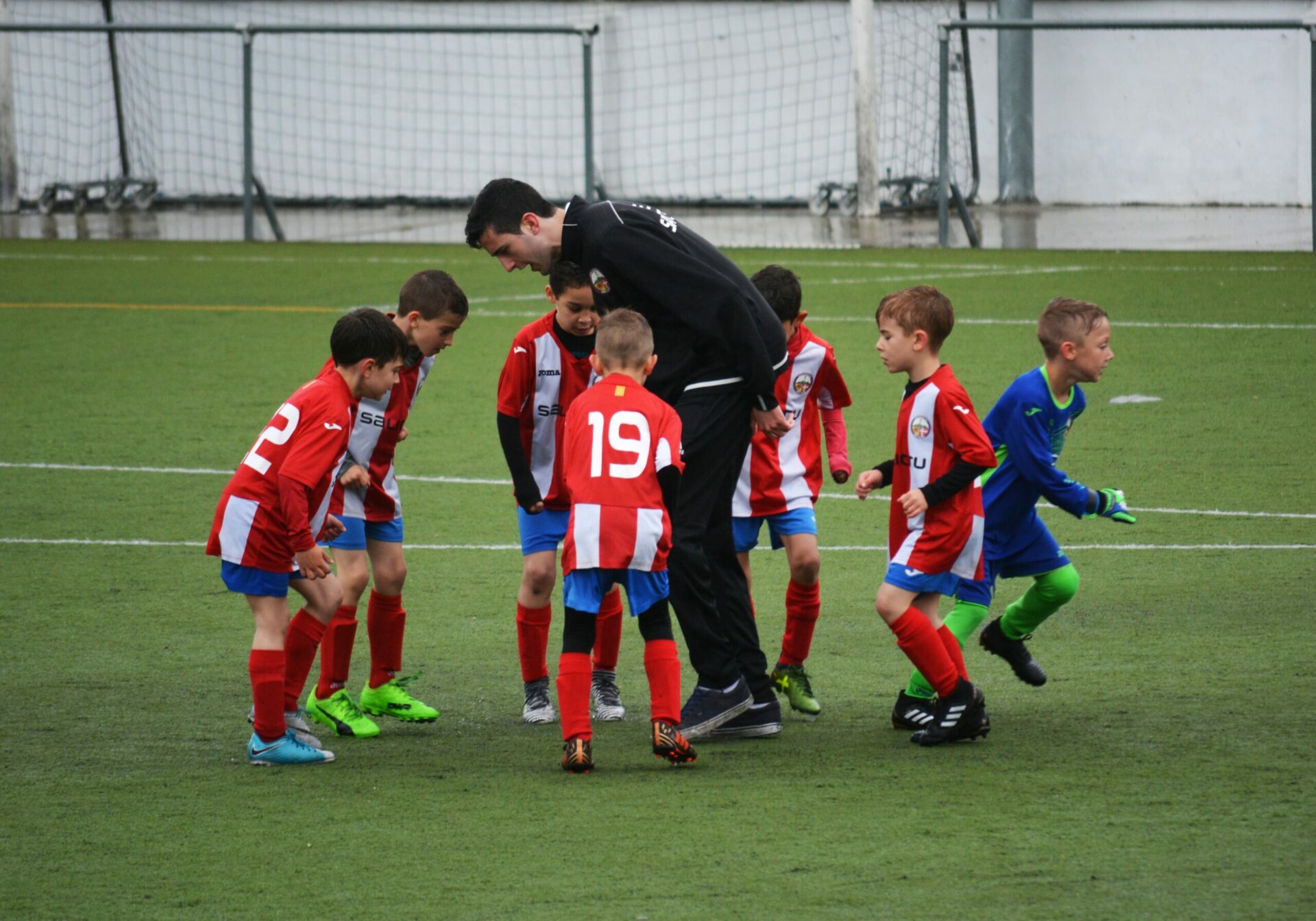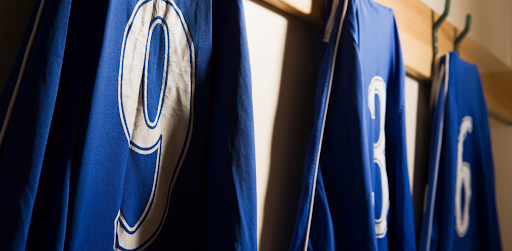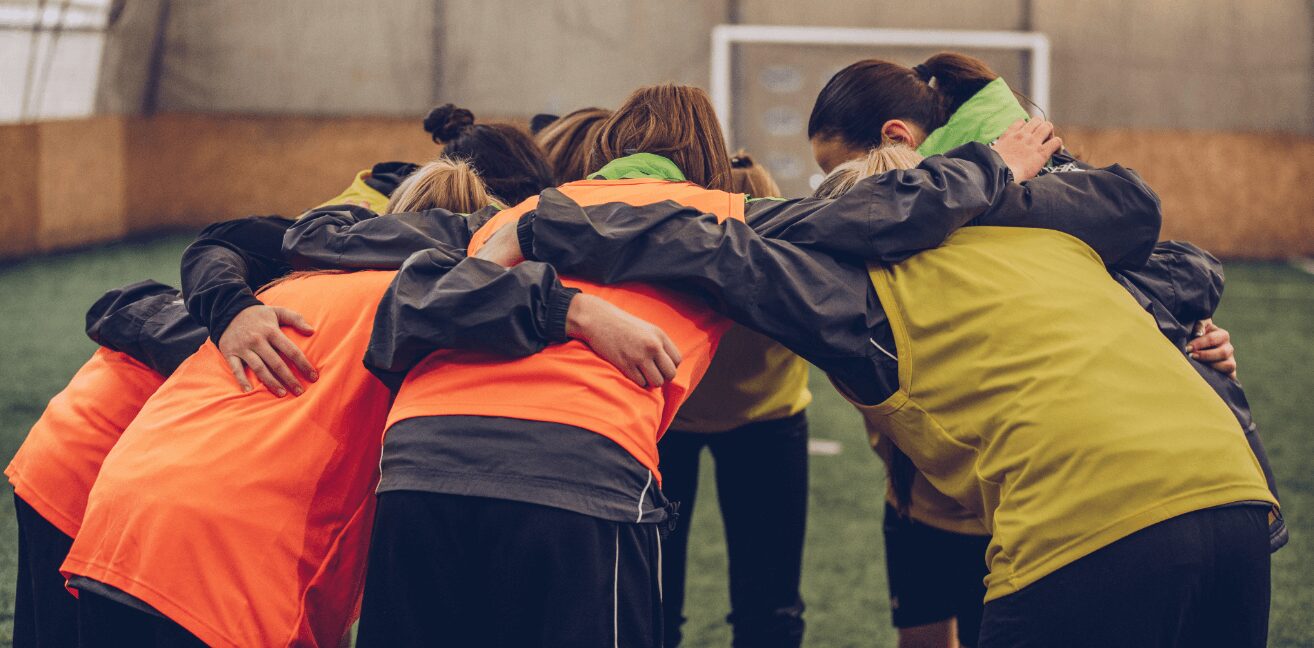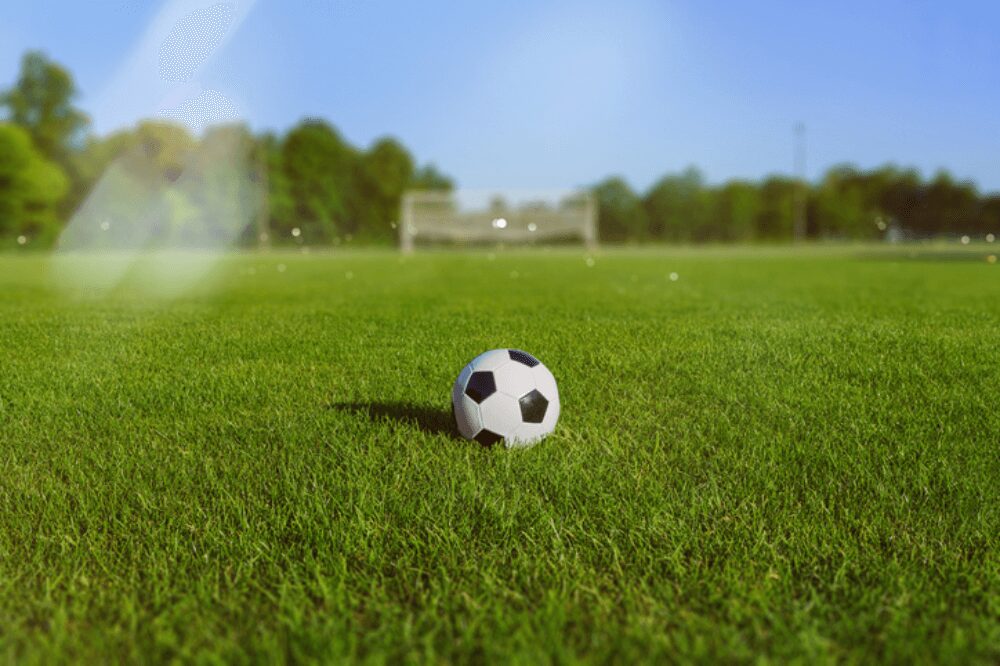
Transformation from Indoor Turf to Outdoor Grass
If you train badly, you play badly. If you work like a beast in training, you play the same way
–Pep Guardiola
One of the most exhilarating experiences when playing a sport is coming from indoor soccer training to outdoor. Playing indoors has many benefits to improve your outdoor game: the speed of the play, discipline, skill, ball control, interaction with teammates and greater understanding of the game. By transitioning from indoor to outdoor training, you will become a stronger and more capable athlete. You may also find you adapt more easily to outdoor training.
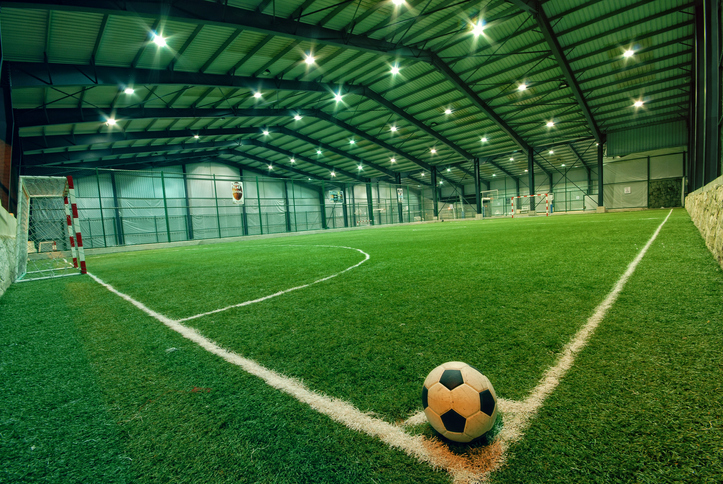
What are the benefits of indoor soccer on artificial turf?
1.You can play at a faster pace
If you play soccer indoors, you tend to play on a smaller pitch; this results in a faster game pace that is often challenging for players who aren’t accustomed to it. As a result, players will have to adjust and learn how to handle the fast-paced games as well as control the ball. Indoor soccer is never interrupted, which can help players’ development by increasing endurance, keeping players on their toes and helping players find their way out of small areas. Their technical, mental, and physical skills would significantly improve.
2. Improved skills in tight areas
Indoor soccer improves the players’ technical skills by teaching them to play in a small space, and challenging them to outwit their opponents. The turf size in indoor soccer centers forces players to be more accurate and technical under pressure. It takes skill and practice to play within the walls of an indoor soccer center.
3. Increased interactions with teammates
The fact that outdoor and indoor soccer are both team sports means you constantly have to emphasize staying connected with your teammates while playing. Knowing how to communicate with your teammates has a huge impact on the way soccer games and training can unfold. There are more short and quick interactions and passes with team players when they train and play indoor soccer. Watching your other teammates creates a good habit for “soccer IQ”. Creating short passes draws plenty of opponents in on a much bigger soccer field and increases the chances of scoring goals.
4. Inclusivity
The game of indoor soccer can be played by individuals with varying levels of endurance, speed, physical strength and size. Awareness of the game creates dynamic and coordination, which are often more important than kicking the ball and running fast. Getting familiar with indoor soccer ahead of time is a huge competitive advantage.
5. Its’ Fun
The most significant benefit of indoor soccer is that the game is fun to play. The constant action means players can’t let down their guard. Outdoor soccer has a slower build-up play and moments.
6. Position
Due to the speed of the game for indoor soccer, positions are not as important. Players are usually rotated between defence and offence throughout the game. The positions in soccer are split into three main groups:
- Defenders
- Midfielders
- Forwards
Natural grass is preferred by most players over turf due to a decreased risk of injury. For instance, stress on the anterior cruciate ligament and other joints is increased by 45% on turf. Additionally, the unnatural bounce of the ball on the turf can affect the game.
The game is completely different; the game is fake. You don’t know how the ball is going to bounce or run. You’re running pretty much on cement
– Sydney Leroux
Artificial turf has a coefficient of restitution about 28% higher than natural grass.
It can be hard for some teams to perform at their best on turf because the bounce, touches, passing, shooting, and game styles are very different. If the ball is not controlled on turf, it can cause the game’s tactic to fall apart which results in a messy game. Indoor soccer is very popular because it is easy to maintain and costs less than playing on grass.
Outdoor soccer is played on a large field with no walls or nets to restrict the field.
Grass allows the ball to move as players desire. The ball bounces softer and more naturally. The speed of the ball is perfect over the grass, which makes it easier to control.Soccer feels exactly as it should! Even on a rainy day players can still play with precision and control. There is one thing that can never replace playing on grass: making a clean slide tackle on a wet field which cannot be achieved on turf.
What are the benefits of outdoor soccer on natural grass?
1. Increased player experience
Player interaction with the surface is better, resulting in a more enjoyable experience.
2. The natural movement of the ball
3. Reduced risk of injury
The ground can be penetrated completely by cleats. Quick cuts and changes of direction can be made with no risk of the cleat becoming stuck to the ground. Not only the knees but all the joints of your body are exposed to less pressure.
4. Increases player movement
In a green space, kids cannot help but move around. A grass field provides a softer, more forgiving playing surface.
The World Cup has always been played on grass and probably will continue to do so.
In order for European teams to play in North America or the USA, there is only one requirement: they must play on grass fields.
Generally, playing indoor soccer is a great fun sport in which entertainment, skill, and teamwork are combined to create an overall fantastic experience. Your skills will be improved on a larger field if you learn the tools and skills while playing indoor soccer on a smaller field.
With Sport Evaluations, we can help inspire individuals, teams or clubs to higher performance and optimize your success. Some of the services we offer include Statistical Analysis, Big Data and Knowledge Management. Check out our website for more inquiries!


